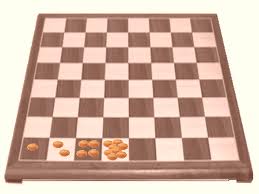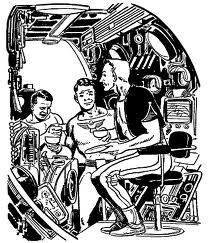On May 7, 2011, my old-man-iest birthday yet, Teleplace stopped paying me. More about the circumstances another time, but what was I to do now? I had been working on Croquet for seven Halloweens, and I had no standard-label skills. My specialty is weird shit — the stuff that happens before there is an established technology stack. For 25 years, this had been at smaller companies selling to larger companies, as enterprise (or the military) had been the only ones who could afford such bleeding edge tech.
Surely since the iPad came out a year before, and probably earlier, this is no longer true. The consumer market is now the place to be. As I already had a year doing weird shit on mobile, I decided to work for Palm. I started on D-Day, just before the launch the TouchPad tablet. Ouch! It turns out that the wise men and women of the HP board think consumer mobile is just about the worst thing in the word to do. I don’t know what will become of the HP division formerly known as Palm, but I’m not sticking around to find out. Friday was my last day.
While I learned a lot at Palm about consumer product production, I don’t think I’ve picked up any positive examples about how the consumer market drives technology and product development. So tomorrow I’m off to TuneUpMedia, a company based on music metadata. There’s nothing more consumer-driven than music, and TuneUp has devoted itself to being smart about its users. The company has substantial revenue directly from end-users (which is very different from how Enterprise Software works), but also has third-party partnerships in the “two-sided market” arrangement so common to consumer tech. I’ll be working again with Teleplace founder Greg Nuyens, who is aggressive about technology development, but conservative about the product direction as experienced by users and partners. Just what I want to see.










